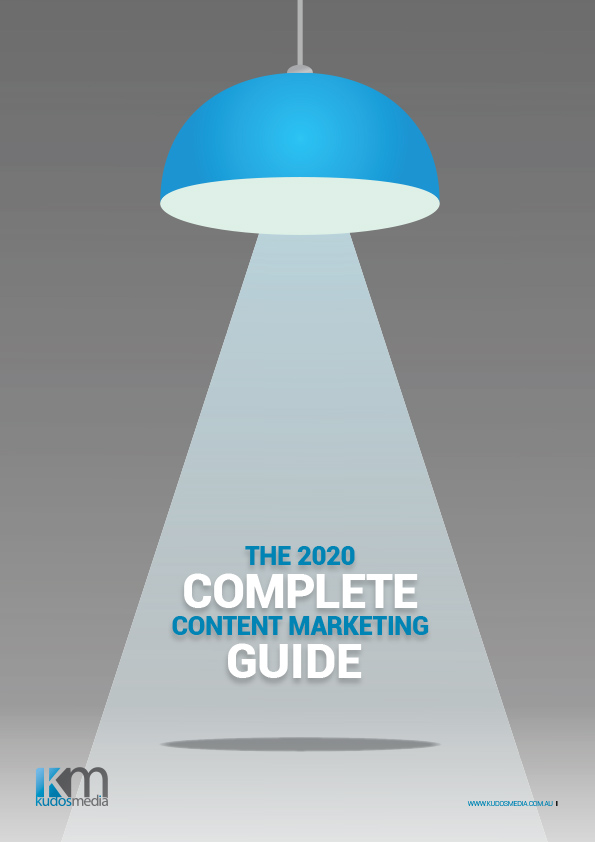How to create awesome videos

Video is an integral pillar of any content marketing strategy. It is easily digestible, shareable, mobile, requires minimal mental commitment and ranks well in search engines.
Mobile video traffic accounted for 59 per cent all mobile data traffic in 2017. And by 2022, Cisco predicts that it will make up 79 per cent – four-fifths – of total mobile data traffic.
Video’s popularity is evident in YouTube’s 1.9 billion logged-in users each month, who watch over a billion hours of video daily – more than 70 per cent of which is on their mobile phones.
From a content marketer’s perspective, these are exciting numbers. However, there is also an ocean of competition out there – more than 400 hours of video are uploaded to YouTube every minute.
With so much choice it is easy for your video to become lost. So how do you ensure your video is consumed?
1) Fulfil a desire
Like any content, video must be relevant to its intended audience, delivering a solution or fulfilling a desire; informing, educating or entertaining.
To successfully deliver into this space you must first understand what that desire is. Clearly define it as part of your content strategy and ensure its relevance.
Your stories should not be focused on you, your brand, product or service, but rather about what your audience (target market) wants to see. The fact you have a commercial offering in this space is enough.
If your content is about you, it’s an advertisement. Advertisements rarely gain virality online.

2) Quick! Make a statement.
Video is often and increasingly consumed on mobile devices by time-poor or distracted individuals. Unless you are producing a documentary, mini-series or short film, get to the point.
Since you already have a detailed content strategy, you know exactly what your audience want to see. Give it to them in around three or four minutes.
Don’t dilute your point with multiple messages. Make it clear and concise and serve it in a manner likely to engage; such as with authority, humour, irony or sex appeal.
Whenever you are creating content – whatever the format – draw upon the rules of journalism, where newsworthy stories must contain at least a couple of the following themes:
- Conflict
- Local
- Incident
- Extreme
- New
- Timely / Relevant
- Scandal / Shocking
- David vs Goliath
- Surprise
3) Plan your shoot
Video production no longer requires a four-man team, however content filmed on a shaky iPhone through reflective glass with overbearing background noise is unlikely to yield the results you want.
Get a decent HD video camera (most good DSLRs shoot video) with plenty of storage cards, a spare battery, a tripod and microphone.
Consider light, sound and weather. If you are shooting outdoors, will the sun be causing talent (actors / hosts etc) to squint, or will it be over-exposing the footage? What is your wet-weather plan and what if it is windy? Consider if there is background noise that might cause issues, such as traffic, construction work or nature.
If you are shooting indoors, consider whether sound echoes or if there will be shadows or other lighting issues.
Know which shots you want and list them prior to the shoot commencing. What wide shots do you need? Close-ups? Action shots? Is there anything requiring specific imagery? Ensure you capture plenty of overlay.
Also, ensure your talent understands the content they are delivering. Unless they are actors or presenters, it is preferable they ad lib. Recited lines are often delivered poorly.
Instead, ask them to talk in a conversational manner, as if they were chatting with the camera or co-talent over lunch – which sounds easier than it is!
4) Publish
There is plenty of free video editing software available to cut your video and add basic graphics and sound. More advanced software is usually expensive and complicated.
The two main online publishing platforms are YouTube and Vimeo. Vimeo receives 170 million viewers a month and is a community of creative professionals. No dancing cats here. No advertising either. It enables password protection and HD looks truly HD. Content on Vimeo is often of a higher standard than YouTube, but it does not have the SEO or viral capabilities of the Google-owned YouTube.
5) Optimise
Google’s SEO algorithm delivers search results intuitively, serving content on the interpreted intent of searches as much as the keywords within that search.
As such, correctly indexing your videos is essential. Google must know exactly what’s in your videos with detailed titles, descriptions and tags. You should also be using Schema.org, on-page markup and video sitemaps.
But don’t forget that Google also rewards quality content, preferring expertise, authority and trustworthiness over keywords.
Google is very serious about intuitively delivering content people desire, so if your video is watched for its full three minutes it will rank higher than one where viewers click away after 20 seconds.
Moreover, engagement such as liking, sharing, tweeting, commenting and embedding also drive rankings.
If you are producing regular videos – and you should be – then establish a (site-mapped) channel and video feed on your website and ensure it is socially optimised and sharable. To help consumption, you should turn off YouTube advertisements.
Optimisation is as much about creating relevant content based on what information your audience is searching for as it is about titles, keywords and phrases.
6) Amplify
Good content, with the other supporting measures discussed in this article, should be enough to ensure your video is consumed – especially as you develop a loyal audience.
If you wish to speed things up, an amplification strategy is recommended. Social media is a great place to seed your video content and will help it gain traction, as long as you have followed steps one to five. Because at the end of the day, nothing beats quality content fulfilling a need.
DOWNLOAD our Complete Content Marketing Guide
The Complete Content Marketing Guide is a 30-page white paper detailing all aspects of developing, refining and implementing a content marketing and marketing automation strategy.

Content Marketing Strategy Development
Establishing Content Marketing Goals
Audience Analysis
Marketing Automation
Content Metrics and ROI
– Digital Content Distribution:
– Social Media
– SEO
– Video
– E-Newsletters
– Content Seeding and Amplification
Print Content Considerations
Legal considerations




